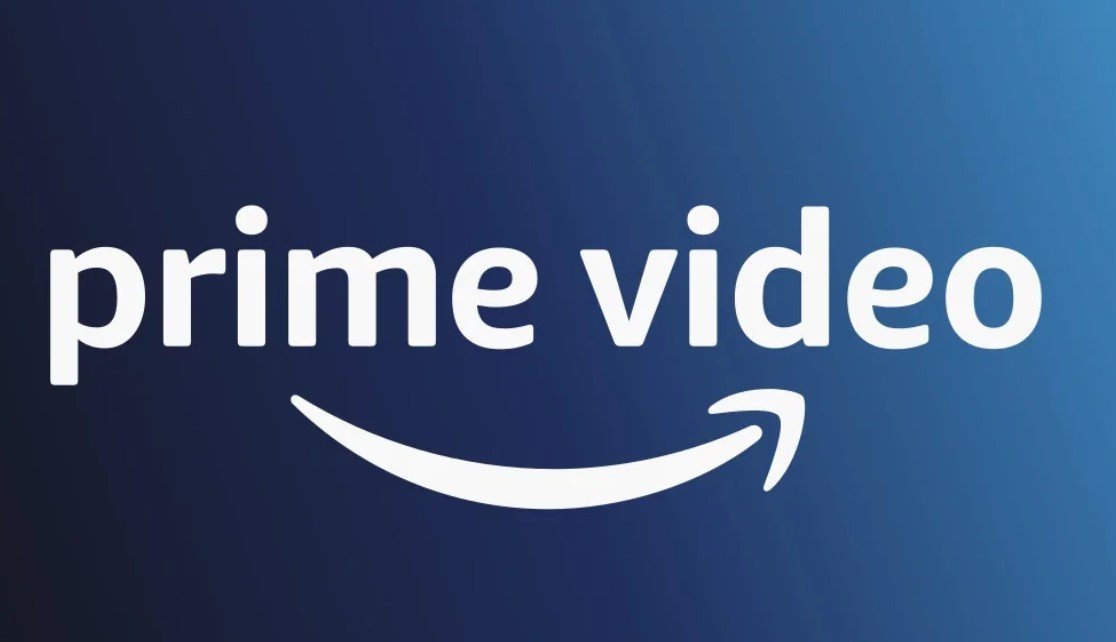Amazon Prime Video, one of the most popular streaming services in the world, has announced that it will start showing ads to its subscribers from today, January 29, 2023. This marks the end of an era of ad-free viewing for Prime Video users, who will now have to pay an extra $2.99 per month to opt out of the ads. Amazon Prime Video joins other streaming giants like Netflix, Disney+, Max, and Paramount+, who have all introduced ads to their platforms in the past few years.

Why Amazon Prime Video Decided to Show Ads
Amazon Prime Video has been offering ad-free streaming to its users since its launch in 2006, as part of the Amazon Prime membership, which costs $139 per year. However, the company has decided to change its strategy and show ads to its users, citing the need to generate more revenue and compete with other streaming services.
According to Amazon, the ads will be “limited” and will not interrupt the viewing experience. The company also claims that the ads will be relevant and personalized to the users’ preferences and interests. However, some users are not happy with the change and have expressed their frustration and disappointment on social media.
Amazon Prime Video is not the only streaming service that has decided to show ads to its users. In fact, it is following the trend of other streaming giants, who have all added ads to their platforms in the past few years. Netflix, the largest streaming service in the world, introduced ads to its cheapest plan in 2021, and has since expanded them to its other plans. Disney+, the second-largest streaming service, added ads to its platform in 2022, as part of its partnership with Hulu. Max, the streaming service owned by WarnerMedia, launched with ads in 2020, and has since increased the number and duration of the ads. Paramount+, the streaming service owned by ViacomCBS, also launched with ads in 2020, and has since offered a cheaper plan with more ads.
How Ads Affect the Streaming Industry and the Users
The introduction of ads to the streaming services has a significant impact on the streaming industry and the users. On one hand, ads can help the streaming services generate more revenue and offset the high costs of producing and acquiring content. Ads can also help the streaming services attract more advertisers and partners, and expand their reach and influence. On the other hand, ads can also affect the user experience and satisfaction, as they can disrupt the viewing flow and annoy the users. Ads can also make the streaming services less appealing and distinctive, as they become more similar to the traditional cable and broadcast TV.
The streaming industry has become more competitive and saturated in the past few years, as more and more players have entered the market and offered their own content and services. The streaming services have also faced a slowdown in growth, as the market has reached a saturation point and the users have become more selective and demanding. As a result, the streaming services have resorted to showing ads and raising prices, as well as making less content and focusing on quality over quantity.
The users, on the other hand, have become more frustrated and dissatisfied with the streaming services, as they have to pay more and watch more ads, while getting less content and choice. The users have also become more confused and overwhelmed by the plethora of streaming options and platforms, and have to deal with the hassle of managing multiple subscriptions and accounts. Some users have even decided to cancel their subscriptions and switch to other platforms or sources, such as piracy or free streaming sites.
What the Future Holds for Streaming Services and Users
The future of streaming services and users is uncertain and unpredictable, as the streaming industry continues to evolve and change. Some experts predict that the streaming industry will undergo a consolidation and a shakeout, as some streaming services will merge or exit the market, and only a few dominant players will remain. Others predict that the streaming industry will diversify and innovate, as some streaming services will offer new features and formats, such as interactive and live content, and cater to different niches and audiences.
The users, meanwhile, will have to adapt and adjust to the changing streaming landscape, and make their own decisions and preferences. Some users will continue to subscribe and watch the streaming services, and accept the ads and the prices, as they value the content and the convenience. Others will opt out of the streaming services, and look for other alternatives and sources, such as free or ad-supported platforms, or even go back to cable or broadcast TV.
The streaming industry and the users are facing a new era of streaming, where ads are becoming the norm and the standard. Whether this will be a positive or a negative change, only time will tell.








